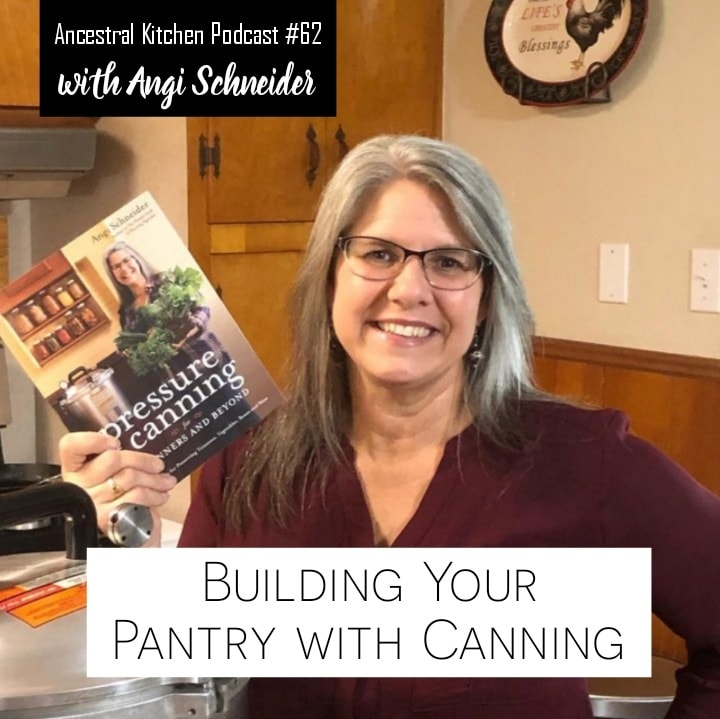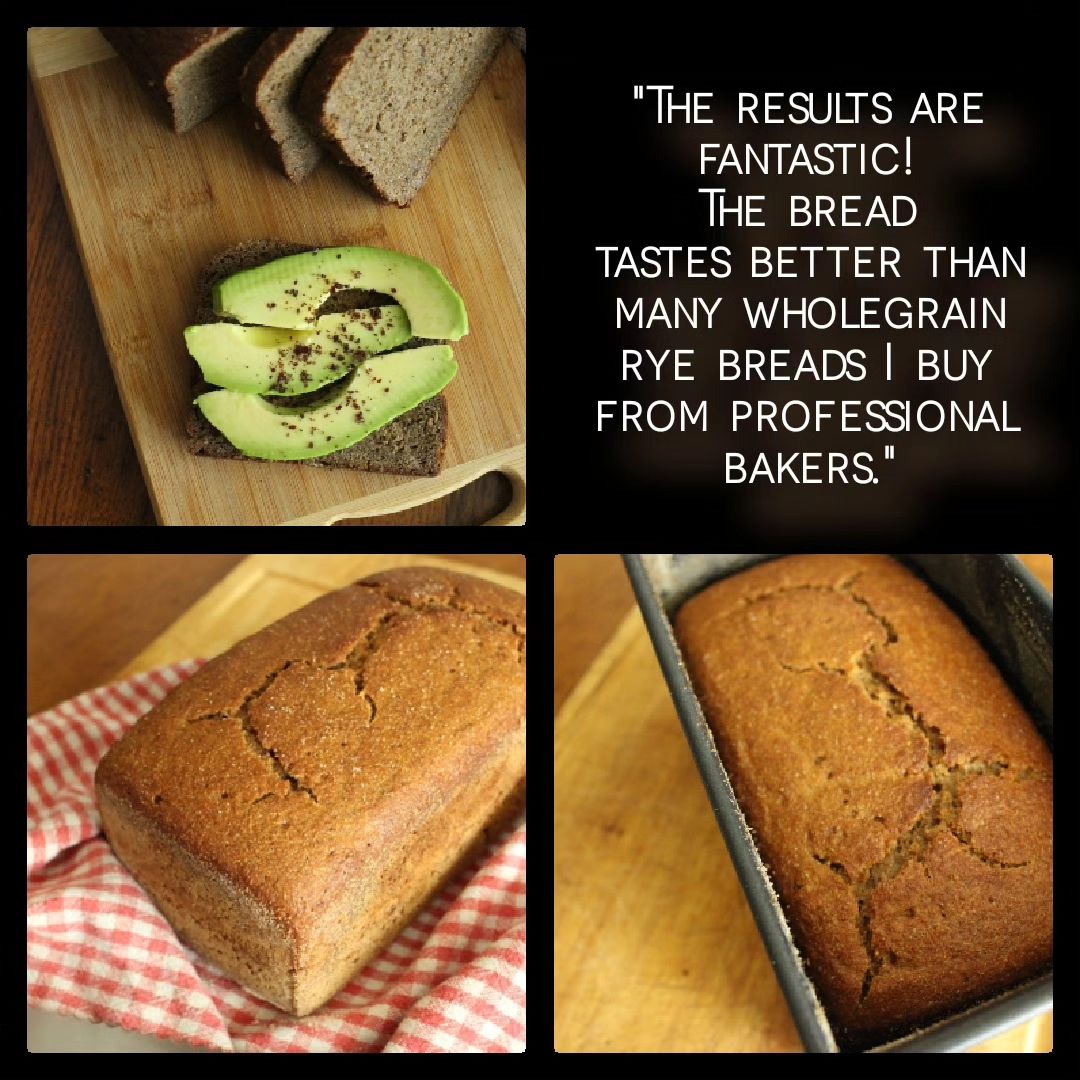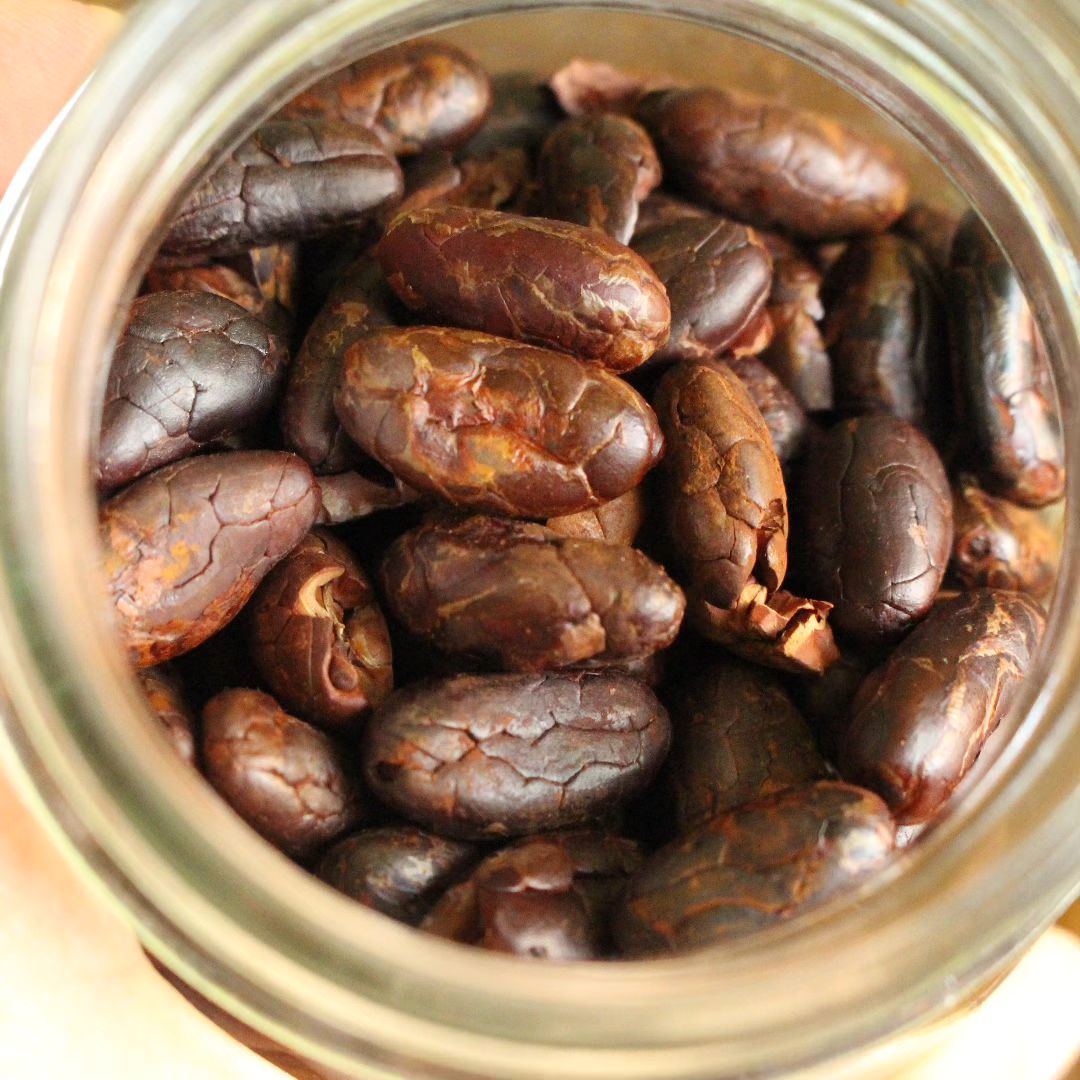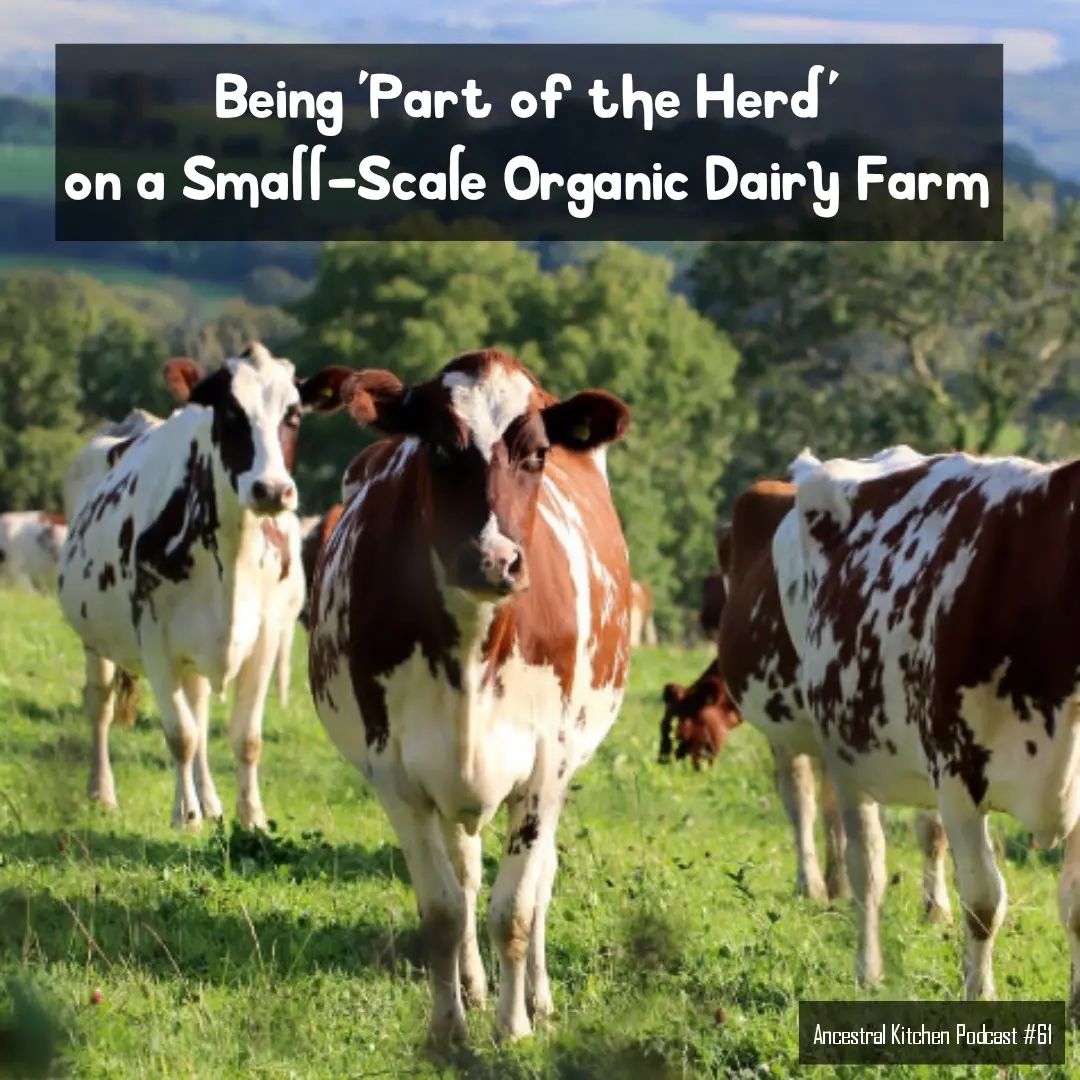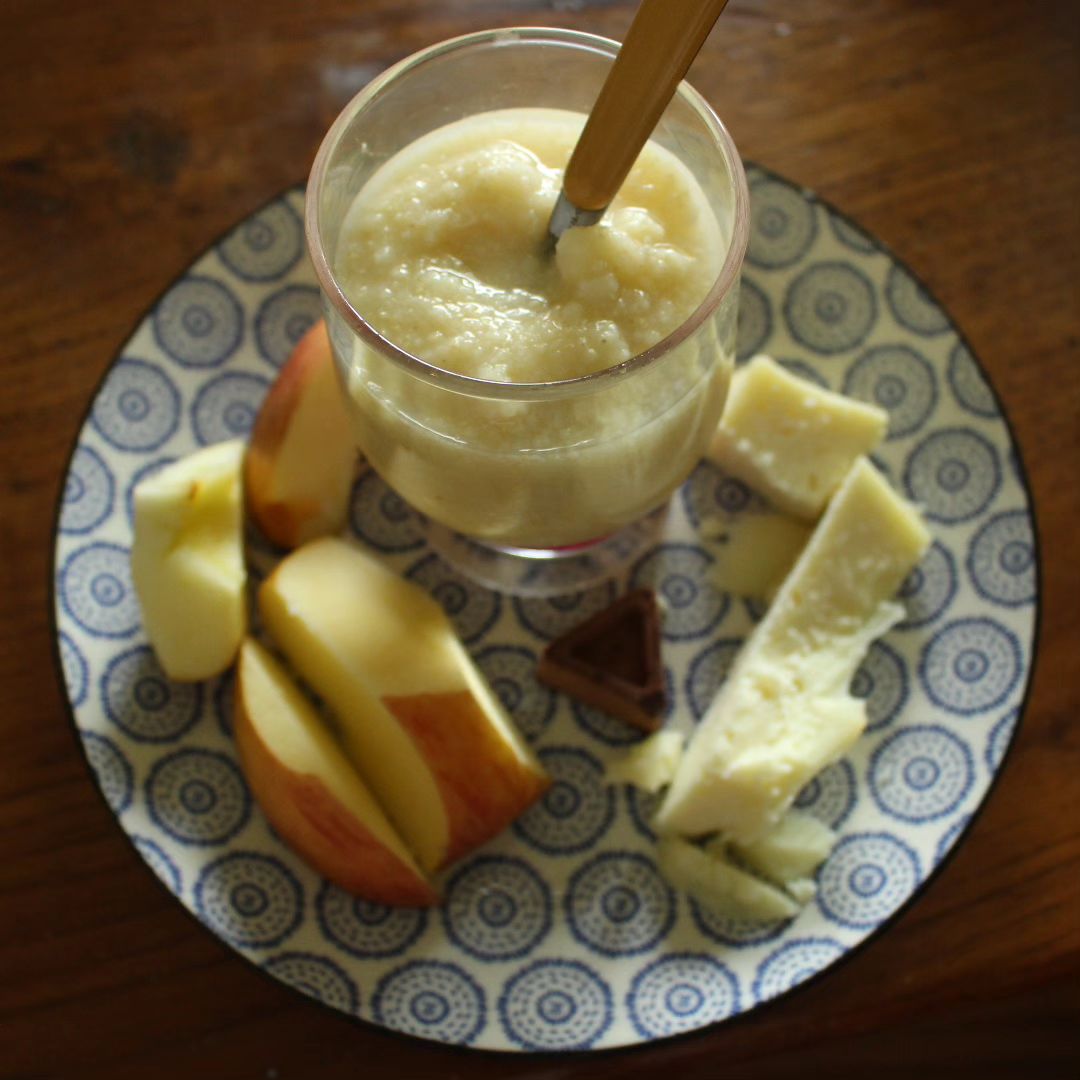Today’s podcast is all about preserving food. In it, @farmandhearth interviews expert @schneiderpeeps, author of two books on preserving. . In the episode, you’ll hear: . – How Angi got started and why canning is so important to her – Hospitality in the home and how canning helps with that – Staples Angi keeps in her pantry – Dealing with busy harvest seasons – Pressure canning beans and meat – Troubleshooting pressure canning problems Right at the end of the rich episode Angi talks about opening our homes to others – how there is no need for them to be spotless and perfect. It’s a beautiful window into the warm space she creates with all she does. . Thank you Angi for sharing your knowledge with us :-)
Today’s podcast is all about preserving food. In it, @farmandhearth interviews expert @schneiderpeeps, author of two books on preserving.
.
In the episode, you’ll hear:
.
– How Angi got started and why canning is so important to her
– Hospitality in the home and how canning helps with that
– Staples Angi keeps in her pantry
– Dealing with busy harvest seasons
– Pressure canning beans and meat
– Troubleshooting pressure canning problems
Right at the end of the rich episode Angi talks about opening our homes to others – how there is no need for them to be spotless and perfect. It’s a beautiful window into the warm space she creates with all she does.
.
Thank you Angi for sharing your knowledge with us 🙂

